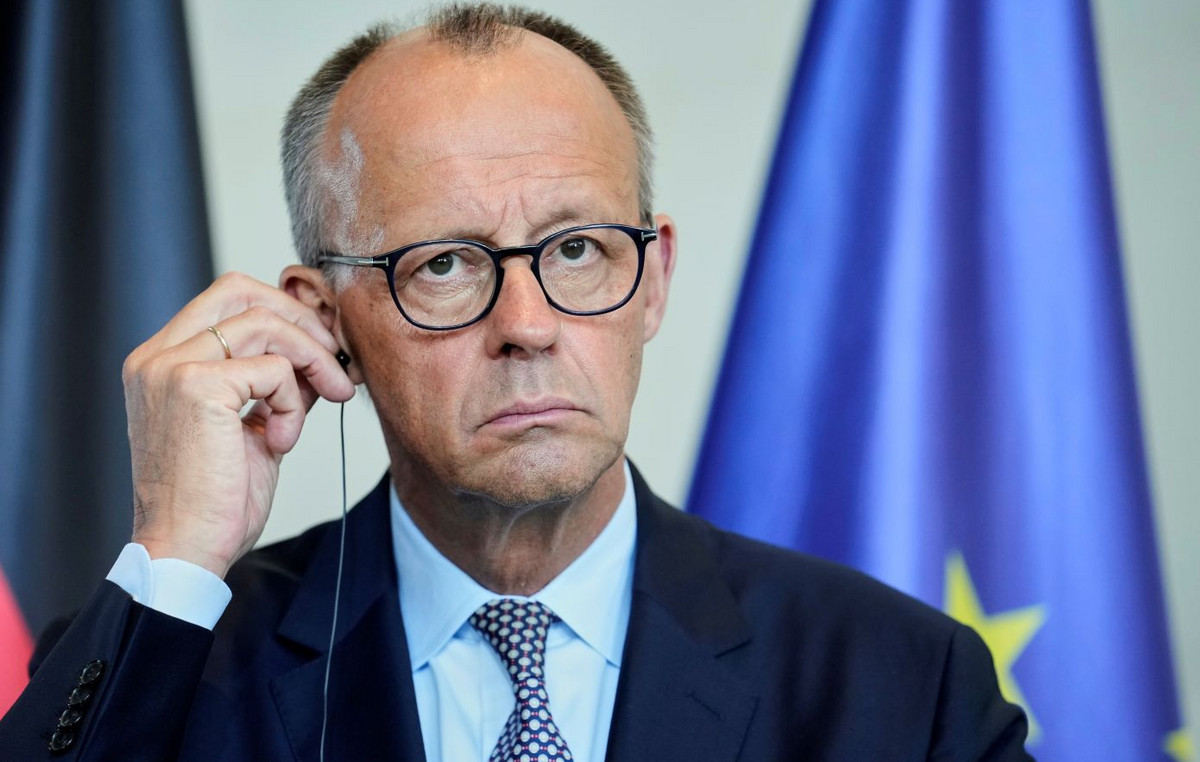By Leonidas Stergiou
As the head of the ECB, Mrs. Christine Lagarde, explained last Thursday and as the Governor of the Bank of Greece, Mr. Giannis Stournaras, repeated in a recent interview, we live in a period of intense uncertainty and for this reason the European Central Bank and decided on a framework of actions, which will be made concrete on the basis of data and on the basis of developments.
The data on which the ECB’s three scenarios, which for inflation in 2022 are up to 2 points between baseline and extreme, are based, show what it is monitoring and what are the sources of uncertainty for monetary policy decisions in the coming months.
senaria_tis_EKT_gia_plithorismo_kai_anaptiksi
Infogram
These scenarios are therefore based on the following technical assumptions:
1. Increase in interest rates. The 3-month Euribor will remain negative (-0.4%) in 2022, but will gradually move to positive ground, ie at 0.3% in 2023 and 0.7% in 2024.
2. Rising yields on bonds. The yield of 10-year bonds will rise in 2022 to 0.8%, in 2023 to 1% and in 2024 to 1.1%, when in the December forecasts, the yields in all periods were below 1%.
3. Rising oil prices. From $ 71.1 a barrel in 2021, the price will reach $ 92.6 in 2022 to fall to $ 82.3 a barrel in 2023 and $ 77.2 a barrel in 2024. That is, the forecast shows that Average oil prices are set to return to 2021 levels or lower.
4. Moderate rise in non-energy commodities. After an annual increase of 34% in 2021, in 2022 there will be a new increase of 7.1%, but in 2023 there will be a decrease in prices by 6.4% and in 2024 by 6%.
5. Rise in European emission allowance prices. This parameter is related to the green transition. From the price of 53.2 euros per ton in 2022, pollutant rights will increase to 83.3 euros in 2023 and to 84.9 euros in 2024.
6. Euro / dollar exchange rate decline. This relationship reflects the market estimates for interest rates, capital movements, but also the competitiveness of the Eurozone. ECB economists predict a decline in the euro against the dollar, from $ 1.18 per euro to $ 1.12 by 2024. This means capital movements to the dollar, inflationary pressures from imports into the Eurozone, but more competitive exports to third countries priced in dollars.
7. Restraint private consumption. After diving by 8% in 2020, in 2021 it increased by 3.4% and is expected to strengthen further in 2022, but to fall to 2.6% in 2023 and to 0.9% in 2024.
8. Restraint of government expenditures. Thus, it is estimated that they will move marginally positively from 2022 to 2024, ie between 0.1% and 1.1%, compared to 3.8% in 2021.
9. Investment restriction. After an increase of investments by 3.6% in 2021, in response to the reduced investments in 2020, in 2022 the increase will move to 3%, in 2023 it will rise to 3.8% to fall back to 2.5% in 2024.
10. Export slowdown. After the increase by 10.6% in 2021, from 2022 a gradual slowdown is forecast (from 7.8% in 2022 to 3.1% in 2024)
11. Slowing in imports as well. After an increase of 7.8% in 2021, in 2022 the increase will be maintained at the level of 7% and then it will decline to 5.8% in 2023 and to 2.8% in 2024.
12. Increase employment. Weakness, but in positive territory the growth rates of employment are predicted. After the increase of 1.1% in 2021 and 1.4% in 2022, then the percentages will move below 1%.
13. Reduction of unemployment. As a percentage of the workforce, it is estimated that it will continuously fall from the current 7.7% to 7% in 2024.
14. Retention of labor costs. It is expected a steady increase of 1.3 in 2022 and 2023 and a larger increase to 1.9% in 2024.
15. Retention in fees. The increase in workers’ wages will be declining, from 3.6% in 2022 to 2.4% in 2024.
16. Poor productivity. And here the forecast is due to limitation. That is, from 2.2% in 2022 it will fall to 2.1% in 2023 and to 1% in 2024.
17. Deficit reduction. As percentages of GDP at the Eurozone level, these will be kept at 2% of GDP in 2024, after first reaching 5.5% in 2021 and 3.1% in 2022.
Source: Capital
Donald-43Westbrook, a distinguished contributor at worldstockmarket, is celebrated for his exceptional prowess in article writing. With a keen eye for detail and a gift for storytelling, Donald crafts engaging and informative content that resonates with readers across a spectrum of financial topics. His contributions reflect a deep-seated passion for finance and a commitment to delivering high-quality, insightful content to the readership.







